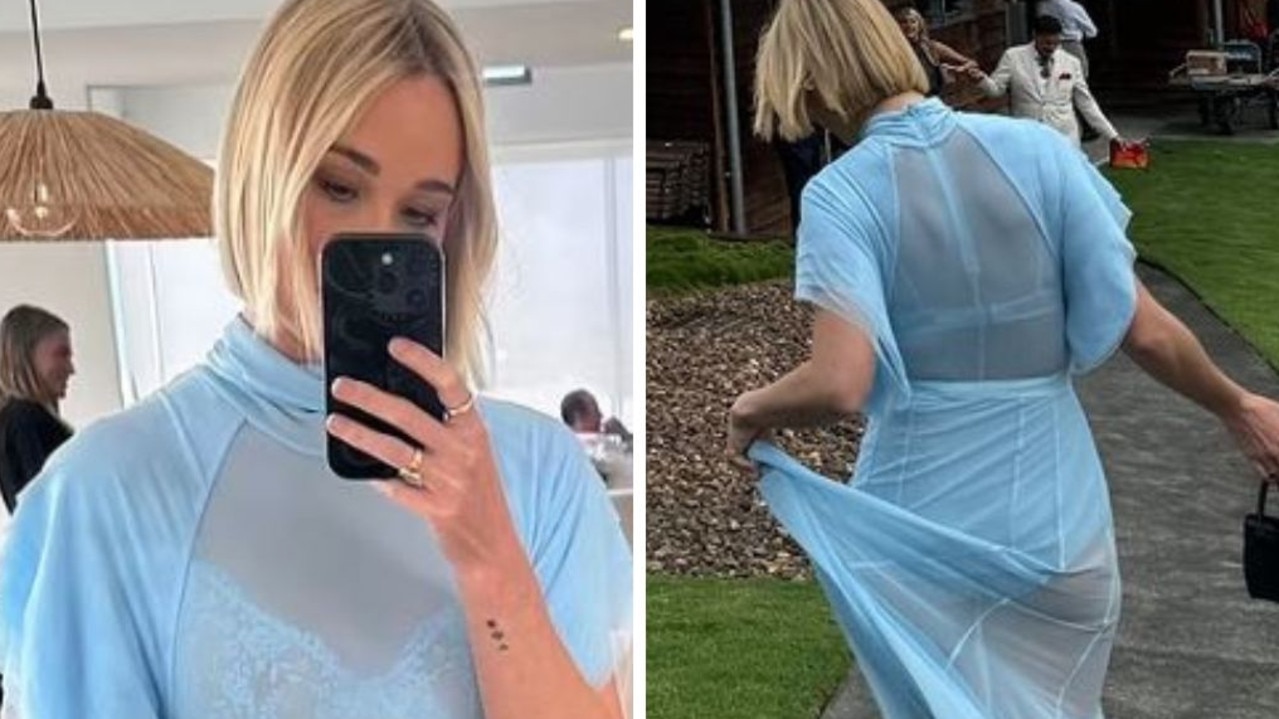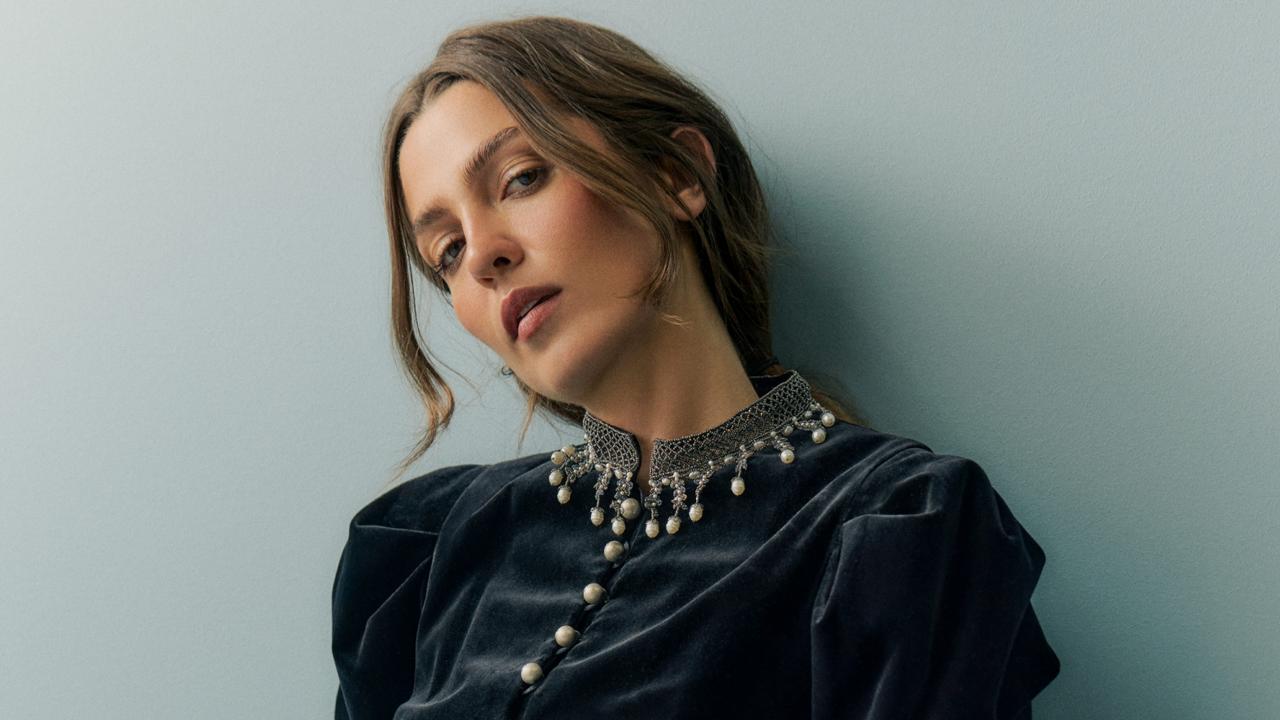British Vogue releases braille edition of magazine for first time in history
For the first time in its 107-year history, British Vogue has released a braille edition of the magazine – a move that’s been applauded.
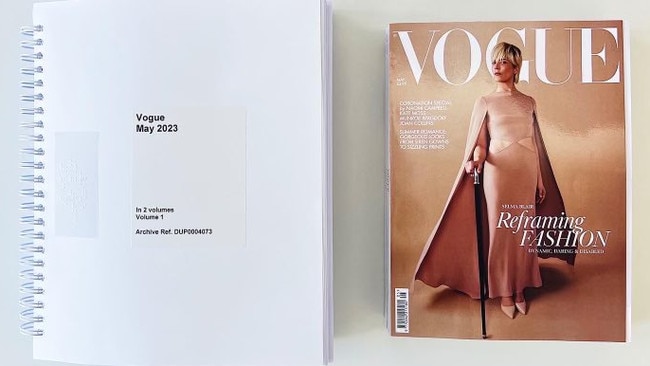
Fashion
Don't miss out on the headlines from Fashion. Followed categories will be added to My News.
For the first time in its 107-year history, British Vogue has released a braille edition of the magazine.
Editor in chief, Edward Enninful, shared the news to social media on Friday.
“For the first time in @britishvogue’s history, am pleased to share that the magazine is now available in braille, for blind and partially sighted people” the OBE recipient wrote.
Enninful cited the magazine’s May issue – which featured five disabled stars, including activist (and guest editor) Sinéad Burke and actor Selma Blair, on separate covers – for teaching “the Vogue team and I … that what’s most important are tangible and lasting changes”.
“Vogue and the fashion and publishing industries have a great deal to do still but it makes me very happy to see the arrival of these first braille issues today.”
Readers are given the option of an audio file, a braille file that can be printed at home for free, or a physical braille copy.
In his editor’s letter for the Reframing Fashion issue – which focuses on disability justice, accessibility and pride – the 51-year-old wrote that “disability should feel personal to us all”.
“The time has come for us to get real about who we are as a society, and for fashion to build a better, more accessible and inclusive industry.”
The issue was produced in collaboration with Tilting the Lens, an accessibility and inclusion consultancy company that has advised brands like Netflix on how to make their businesses more disability-friendly. It features 19 disabled people from fashion, sport, activism and the arts.
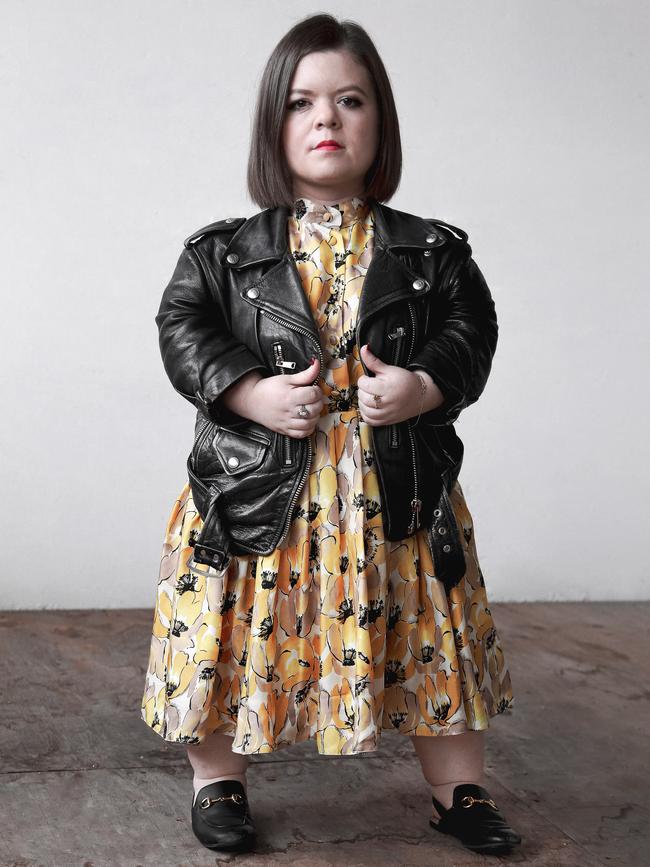

In an interview with The Guardian last month, Enninful opened up about his own experience with an invisible disability.
“I’ve had five retinal detachments, I’m partially blind and my hearing is less than 50 per cent – I’m wearing hearing aids now,” he told the publication.
“It’s never stopped me, but there are so many people with invisible disabilities who never talk about it, because it might hinder them. I’ve never had that fear.
“When I’m reading, it’s still difficult; when I’m doing interviews, I have to ask people to talk at a certain level. But these are things that are me, these are things that I’ve embraced. We always talk about diversity and inclusivity, but that also has to extend to our disabled brothers and sisters.”
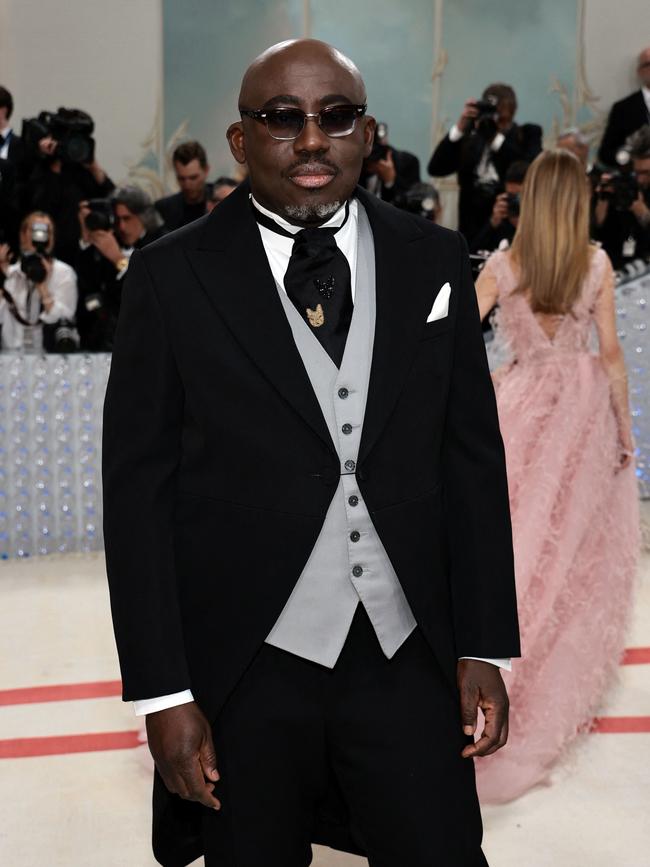
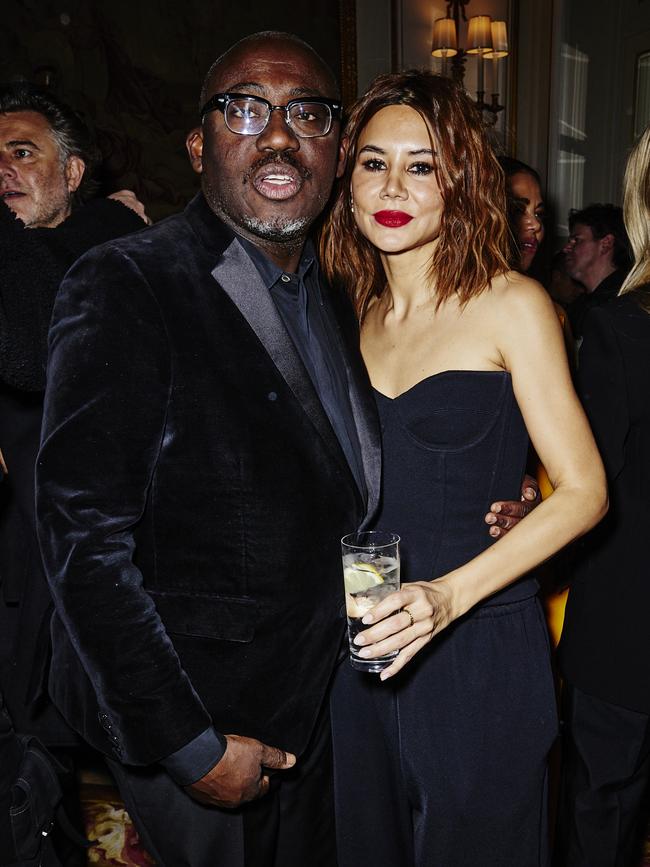
The “iconic” move was commended by dozens of industry titans.
“This is wonderful and a great initiative, of course vogue should be in braille,” model Helena Christensen wrote.
American filmmaker Ava Duvernay commented: “Edward, wow. Brave to you and the team.”
“Well done Edward, you and your team always show us how it’s done,” model Karen Elson said.
Speaking to Yahoo Life, executive director of the braille and talking book library at America’s Perkins School for the Blind, Kim Charlson, called the step a “game changer” as fashion and design publications in particular often lack accessibility.
“It benefits certainly the community and makes information available to us that probably other people kind of take for granted,” Ms Charlson told the outlet.
“It’s just giving us access to trends and fashion and design that I think a lot of people believe blind and low vision people aren’t particularly interested in. But that’s not true because we want to be sure we understand what everybody else is doing.”
Originally published as British Vogue releases braille edition of magazine for first time in history




